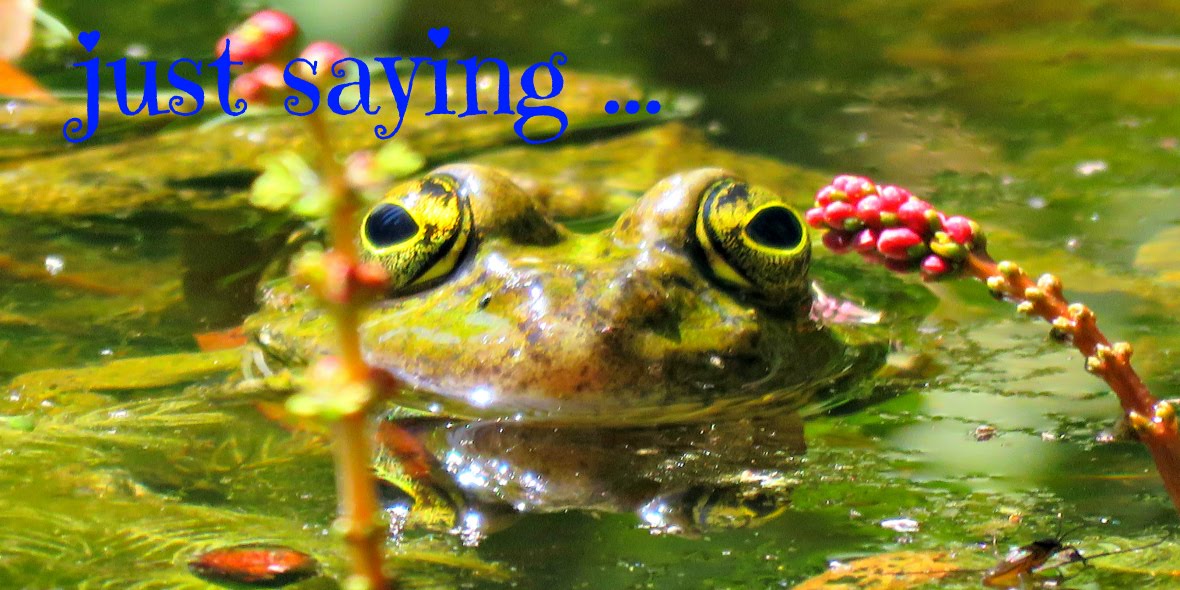You know how they say
Men are from Mars? Well, girls, it's absolutely true. And to prove it all you have to do is take a couple of normal, sentient men to the tank museum. Before your very eyes, they will morph into warrior-types who totally know everything about the military hardware on display and talk loudly with one another about SPGs and ranges and ballistics and other stuff that you've never heard them mention before.
Such was my experience yesterday. We'd had Mr B's car fixed, and we wanted to make sure that the nice people down at the garage had actually sorted out the problem, rather than just telling us they had and charging us a ship-load of money for the fun of it. We wondered where we might go to put the motor through its paces. Emi, who plays far too much
World of Tanks online, has been lobbying for a visit to the tank museum for ages and wasn't slow about suggesting it as a suitable venue. He even did the puppy eyes thing, so there was simply no saying
no! to him.
Throughout our visit Emi positively fizzed with excitement, and Mr B was pretty much up there with him. Mr B had to do military service in the Spanish army and was heard to mutter something about having been an infantry man, but he very quickly forgot about his infantry connections and rolled into the (cavalry) joys of tank warfare in a way that left me baffled and bemused.
I found the whole thing interesting (sort-of), but, as with the insects at
Micropolis, I was far from hooked. I'm much more interested in social history and I found these industrial-scale killing machines chilling. Sitting silently as exhibits in the museum you get only a small flavour of their true potency. As a little girl growing up in Northern Ireland I can vividly remember how these monsters roar when their huge engines growl into action, and how they make the ground shake when they move; you can feel the pounding strokes of their engines through your feet.
The first person to have thought up the idea of a tank appears to have been Leonardo da Vinci, who drew plans for an armoured vehicle way back in the 1480s. They've got a made-up model of what his
tank might have looked like if some Renaissance prince had decided to run with the idea and put it into production.
I don't know how feasible or manoeuvrable Leo's little armoured run-around would have been, but just imagine if they'd managed to iron out any wrinkles in the prototype and make it work. I wonder how it would have changed the history of European warfare.
Nobody else seems to have thought much more about tanks until the advent of the machine gun, which made its first really big splash in the First World War. It seemed that the only means by which to meet the threat presented by this new mechanical gun was to create a mechanical monster with armour that was impervious to its bullets. Churchill, then the British Minister for War, encouraged the engineers to get cracking on something that would bring Leonardo's idea into the twentieth century and on 15th September 1916 the British Army used their first tanks at Flers in France. They needed a bit more tweaking, but slowly, slowly they got the technology right and the tanks went on to break the deadlock of the trenches.
I'm sure there's a fascinating story behind each and every tank that they've got parked up in the museum. This one, however, caught my eye:
And here's the tank he commanded:
It kind of blew me away to have it in front of me knowing a little bit of the battlefield drama that it's come through.
Another one caught my eye:
And here she is, the last tank of the line from 1945, looking as pristine and invincible as the day she rolled out of the Vauxhall factory in Luton:
There are loads of opportunities to see how the tanks look and feel inside. As you might imagine they are extremely cramped and none too comfortable. I'd hate to been sharing a ride in one of the camouflage numbers that fought in North Africa during the Second World War. Imagine six grown men squashed into a space not much bigger than two toilet cubicles stretched out around the guns and the turret, driving through the heat of the desert, with the heat of the huge engine and their own body heat. It must have been a total nightmare just existing, without even factoring in the threat of Rommel and his troops trying to blow them away.

At the risk of stating the obvious, the museum is a great day out for tank enthusiasts and anyone interested in military history. They have tanks from all periods, including Leonardo's prototype, the first tanks from WW1 right through to tanks that have seen action in Afghanistan. There's a perfectly acceptable cafe and a sandwich van outside. Dogs are not permitted in any part of the museum, and there's ample free parking very close to the entrance. All parts of the museum appeared to be accessible by wheelchair. If you'd like to check it out you can find all the details on their website:
Tank Museum web site.
On our way home we found the most glorious field of poppies in full bloom, which seemed a fitting end to the day.
There was a long line of cars that had pulled over on the side of the road to take photos. And if you look carefully you can see the heads of other people out there in the middle of all that colourful loveliness snapping away to their hearts' content.
All the best,
Bonny x







































